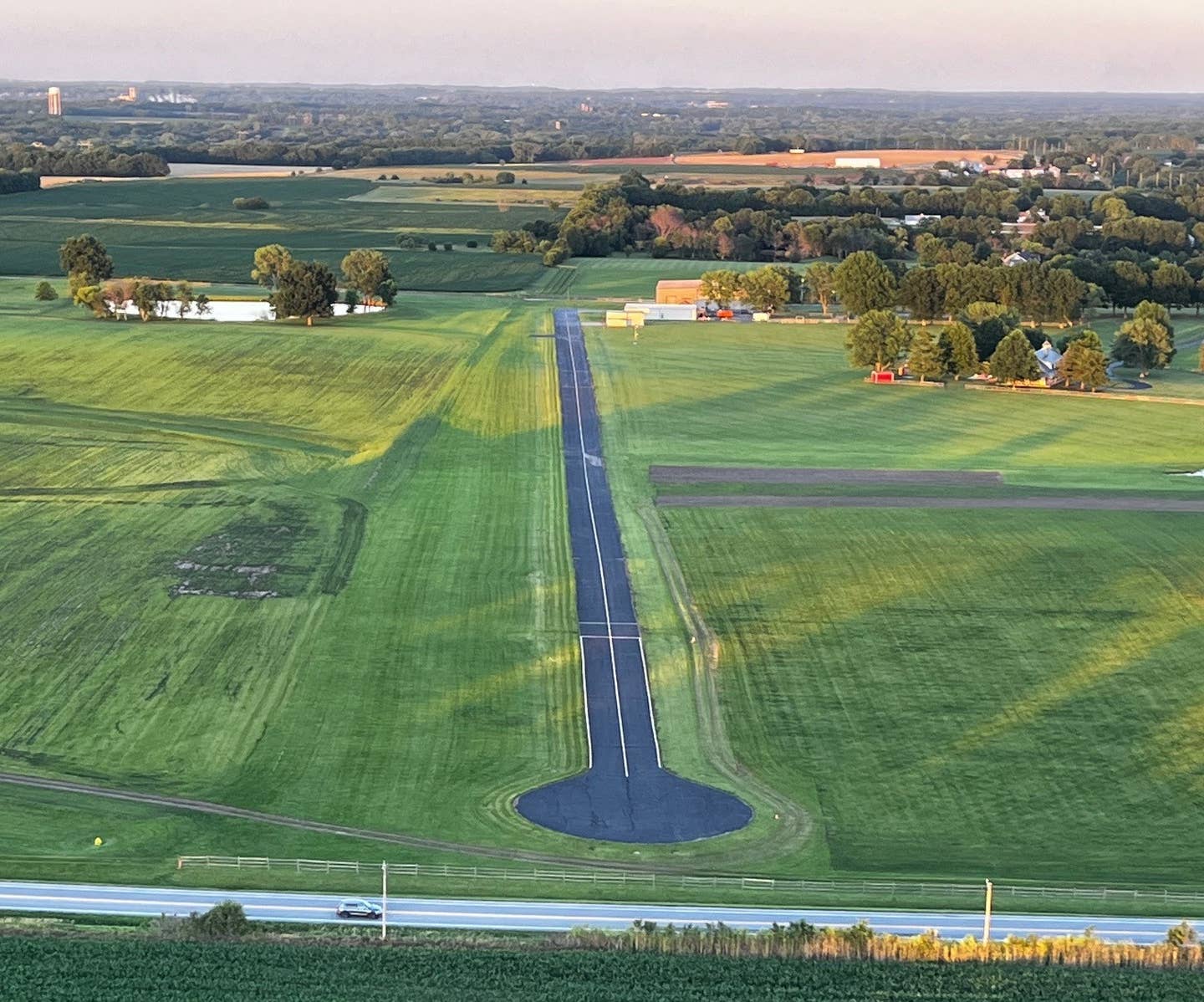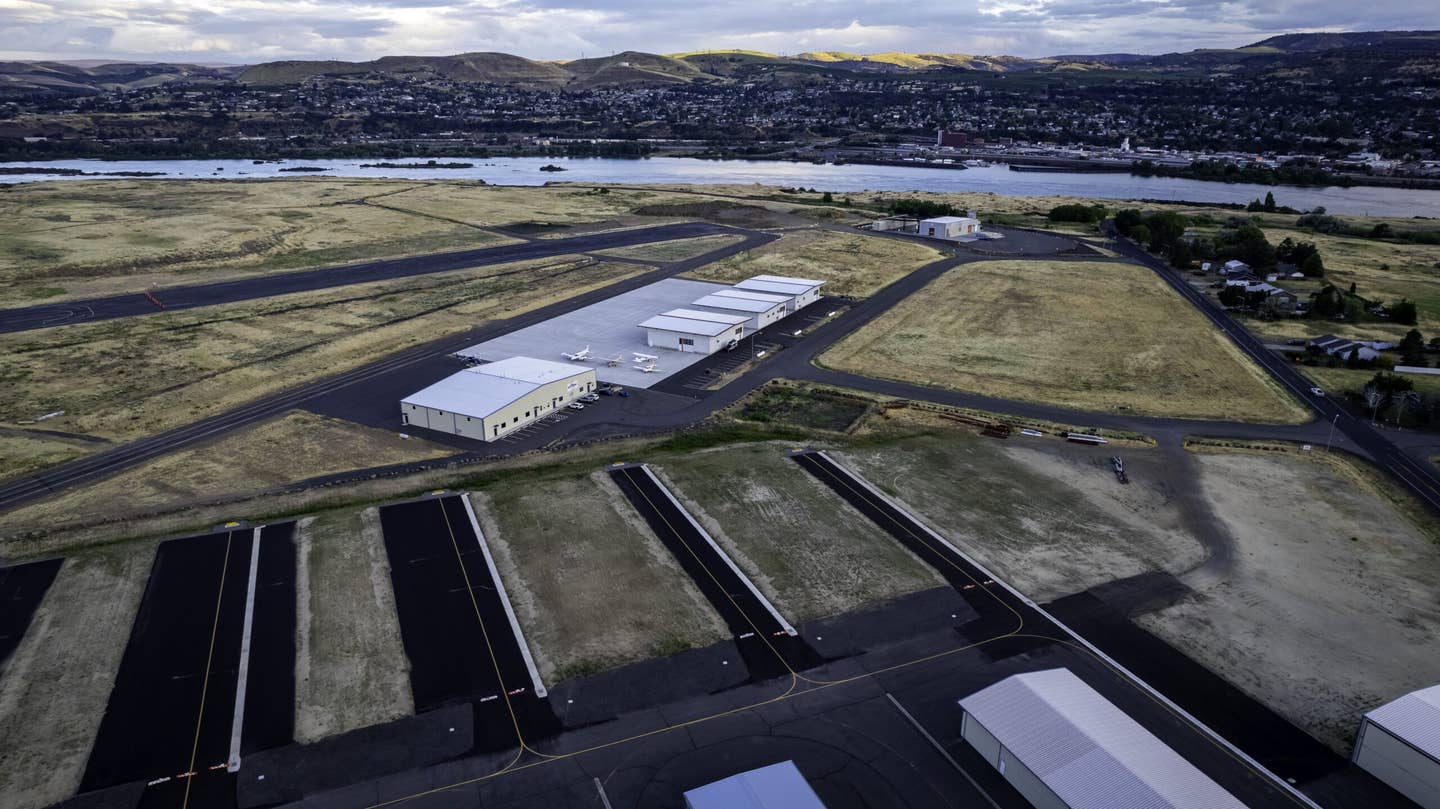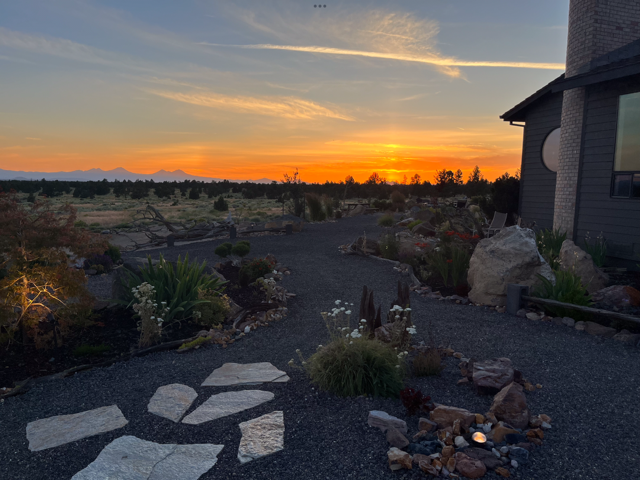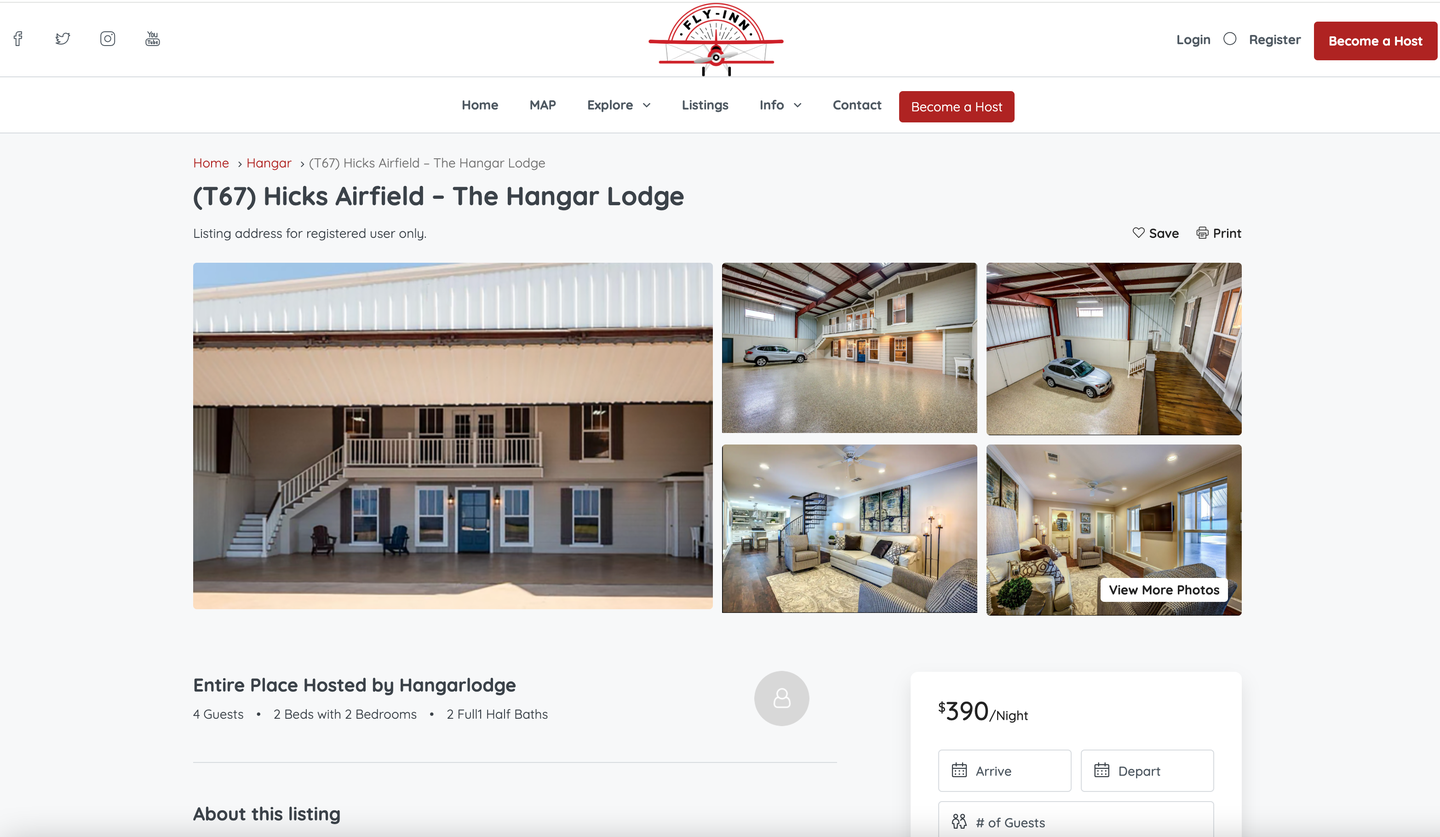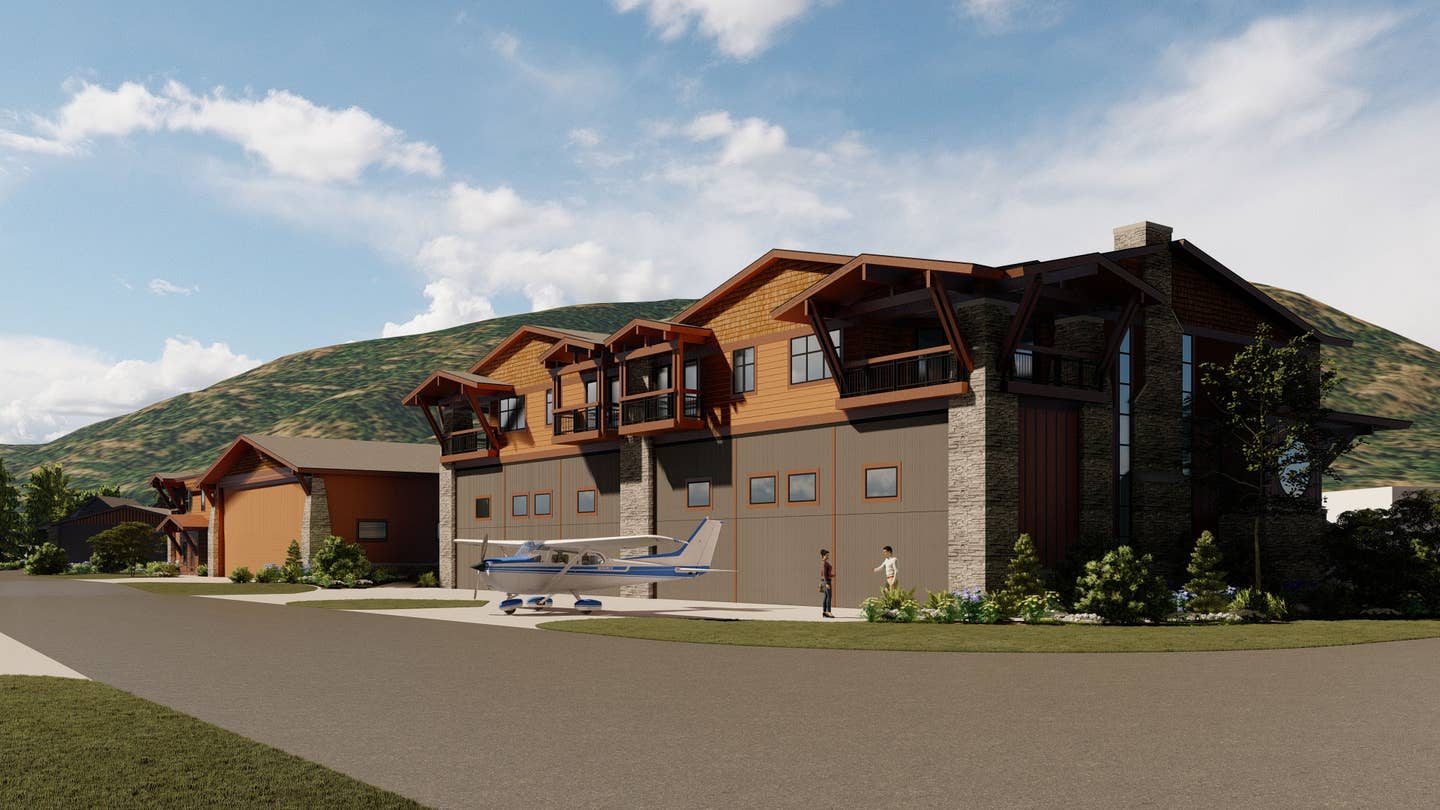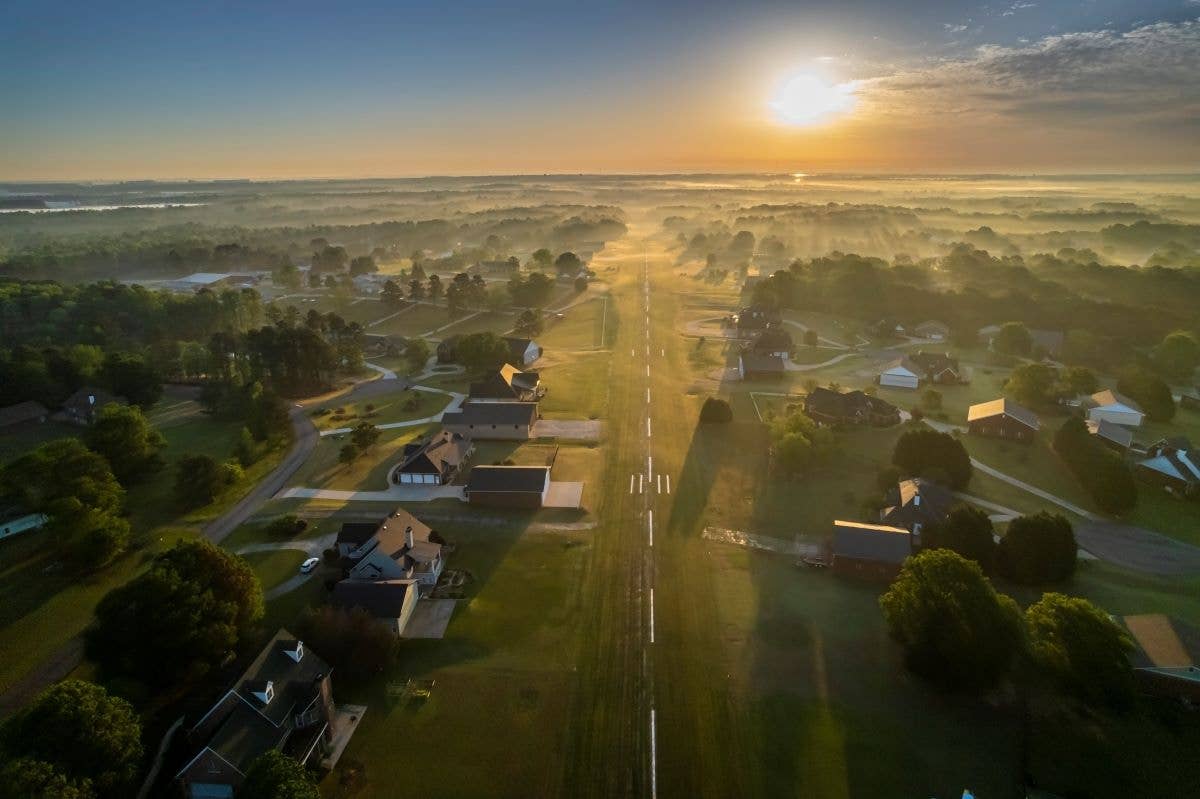Cable Airport Boasts Family-Owned Legacy
Four generations of the Cables have worked at the field to date.
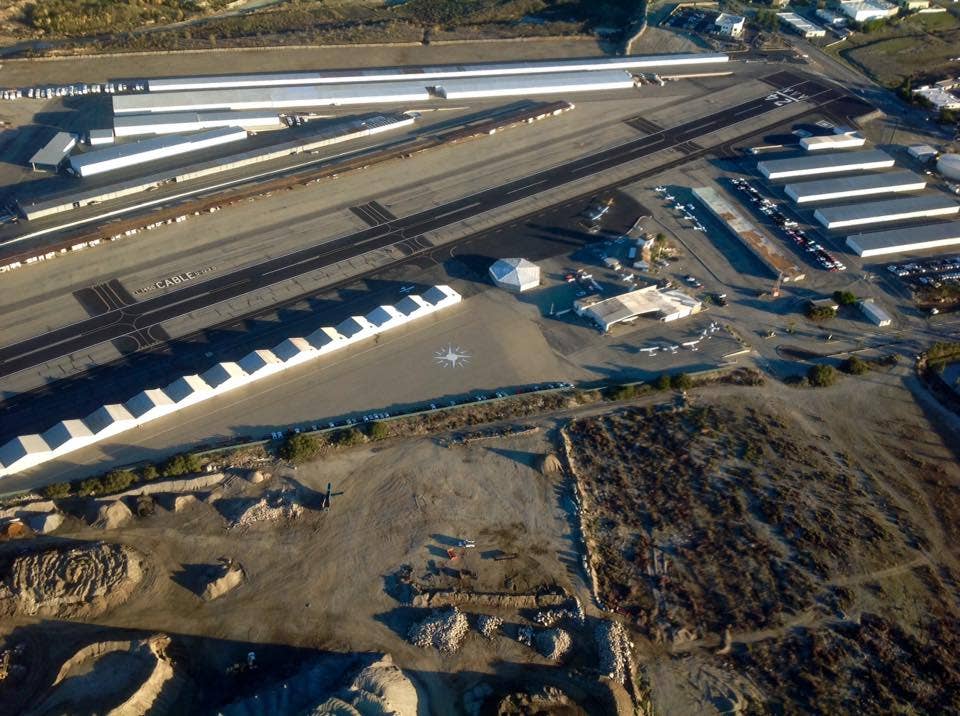
An aerial view of Cable Airport (KCCB) in Upland, California. The airport sports a 3,863-foot-by-75-foot asphalt runway. [Courtesy: Cable Airport]
Cable Airport (KCCB) in Upland, California, has dubbed itself the “World’s Largest Family-Owned Public-Use Airport.” This moniker, airport officials say, comes from the number of aircraft based on the field. Presently, 245 aircraft call the aerodrome in San Bernardino County home, according to FAA records.
The family-owned facility has withstood the test of time, spanning generations.
“My grandfather, Dewey Cable, started this airport in 1945. So, we’ve been here for 78 years now, and I serve as its president and CEO,” Bob Cable said. “I am the third generation that is involved with the airport. We have the fourth generation working here, and the fifth generation has been born. I’ve got a cousin that’s running the maintenance facility here, another cousin that’s running the restaurant, and another one who’s in management with me here in the office. Then, his two kids are involved as well, one as a maintenance manager and the other in our financial department.
“It’s kind of an unwritten rule in the family that the minute you are old enough to solo, you will solo. So, hopefully, we will be around here for another 78 years.”
While all of the family members presently involved with the airfield grew up around aviation, Cable Airport’s founder didn’t become interested until later in his life.
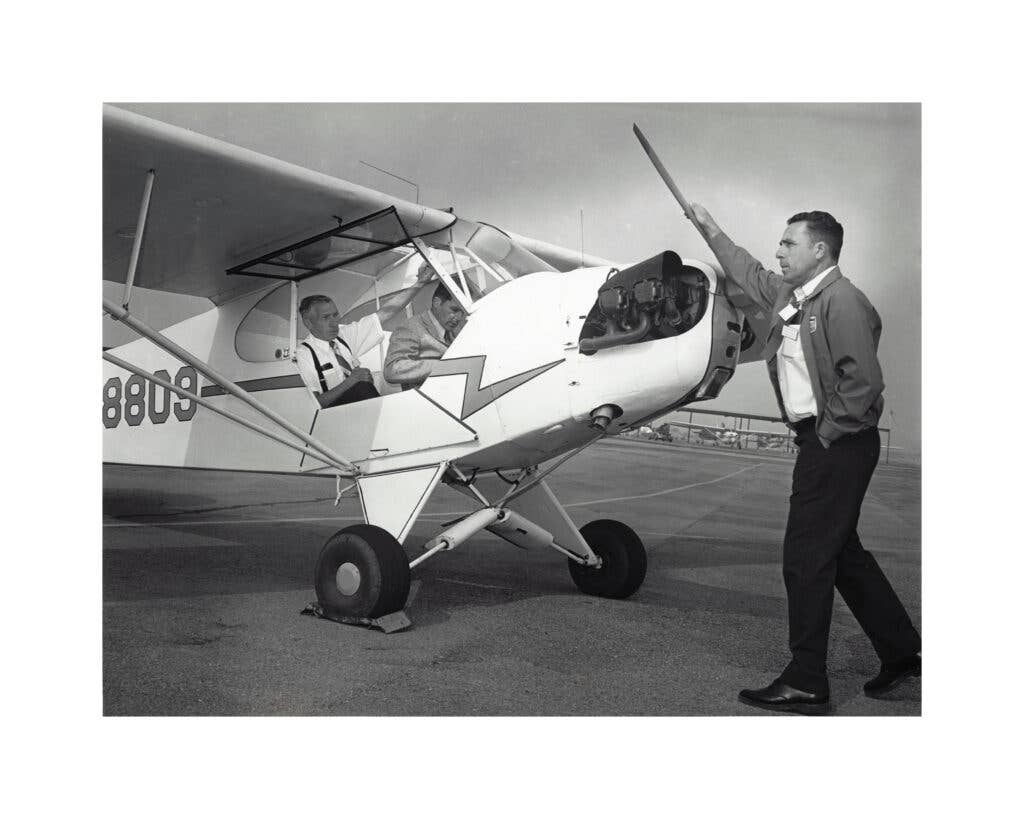
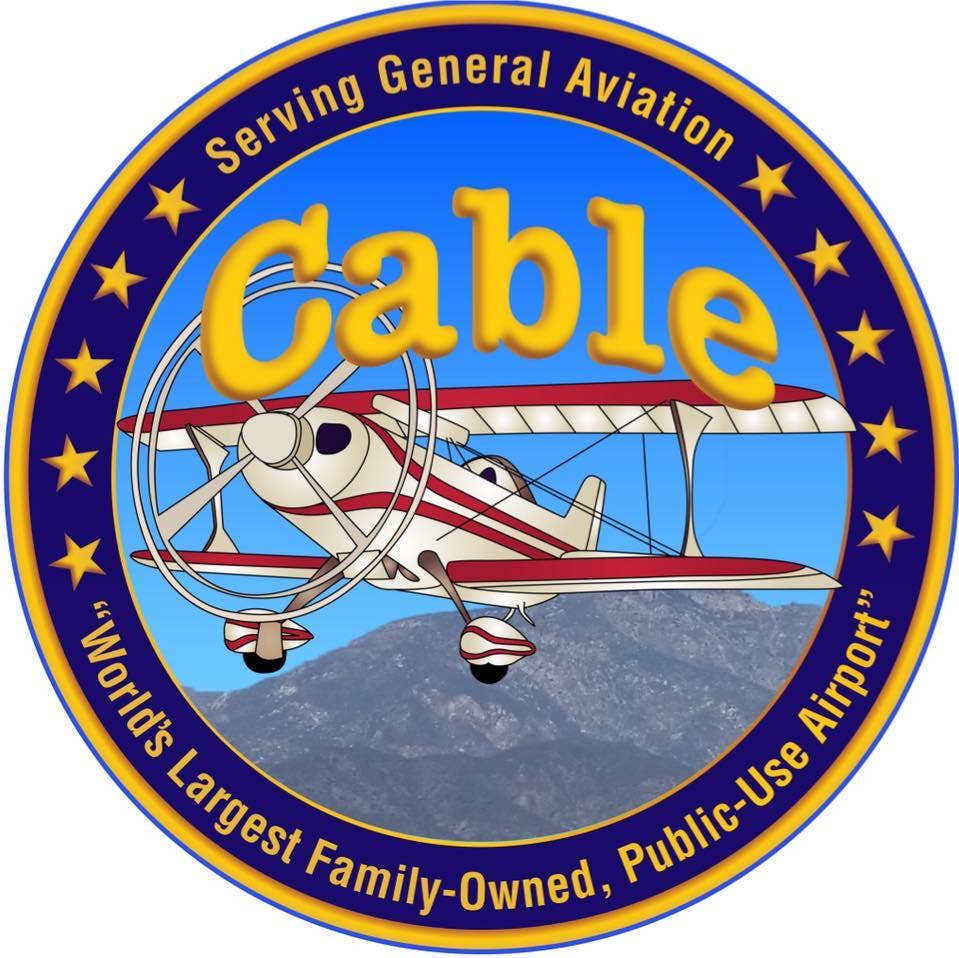
“Dewey was actually a farmer from Iowa and was working for a gentleman that bought some land out in California,” said Bob Cable. “Since my grandpa was doing such a good job, he was asked if he wanted to move out west. So, he packed up his family and moved.”
Dewey’s brother was killed in a test flight accident involving an A-20 Havoc, leading Dewey to meet Donald Douglas. The famed aircraft company founder and engineer would later go on to hire the former farmer when times grew tough and that operation ceased.
“The rest is kind of history,” said Bob Cable. “After working at the aircraft factory, [my grandfather] got a job at a flight school at the Riverside Airport, which at the time was called Arlington Airport. Dewey soon got into an argument with the flight school owner and said, ‘You know what? I am going to start my own [flight school]!’”
Today, the airport sports a 3,863-foot-by-75-foot asphalt runway and a 65-foot-by-65-foot helipad. There is an RNAV and VOR-A approach, fuel (100LL and jet-A), and tiedowns. One of the most notable elements is the spirit of aviation, which the family works hard to keep as vibrant as it was during Dewey Cable’s lifetime.
“I have more projects left than I have years left,” Bob Cable said with a laugh. “We are currently going through the planning stages with the city to build a 15,000-square-foot hangar, which will be partially utilized as a museum and event facility. When we get this facility built, we are going to try and host quarterly events that feature a basic style of airplane or era. I would love to do ‘year and genre’ type fly-ins, which I think will be a lot of fun.”
Cable explained that he could “fill the museum” with all of the antique planes that call Cable Airport home. He owns several of these unique models.
“What I fly is a 1944 Porterfield, which is six serial numbers off of the very first plane that my grandfather flew into here in 1945,” he said. “I also have a red 1940 model, as well, and then I have a friend who has a blue 1941 Porterfield. So, we have red, white, and blue Porterfields on the field that we will fly around at different events.”
Cable and his relatives are dedicated to keeping Dewey’s legacy alive. It’s not always easy, he acknowledged, but it is worthwhile to operate the historic aerodrome.
“We still have the attitude that most of us old-timers learned how to fly, or got interested in aviation, by wandering around an airport and talking to people,” Cable said. “We are probably one of the few airports where you can park your car, walk around, socialize, and talk to people in their hangars. There are still kids here that will come out to wash airplanes in exchange for rides.
“We are really trying to keep the dream of general aviation alive through my grandfather’s eyes. It’s a passion for all of us here, because an airport doesn’t do any good with airplanes in a hangar, so we try to keep flying affordable for people. We have some of the lowest fuel prices in Southern California, and we want people to fly. My grandfather’s dream was to keep planes in the air, and that’s what we try to do here.”

Subscribe to Our Newsletter
Get the latest FLYING stories delivered directly to your inbox

